Chris Thom and Drew Gereb were holed up watching college football, hoping business would improve from the anemic trickle they saw in 2008. Business partners in the powder coat painting business, they had to scale back their work force to less than half as the tide of business washed out in the recession.
Television, however, presented an alternate, more prosperous, reality. Autzen Stadium was packed with a cheering crowd seemingly oblivious to these economic maladies. There, in his living room and in front of the TV, Thom stumbled onto something. He called Gereb.
“Look at all these people in the stands wearing all of this college gear.” he said. “These schools don’t even know there’s a recession. People were going to do without a lot of things, but not their Ducks.”
If universities were an island of prosperity during the recession, Thom was going to find a way to dive in head first. While uniform materials and styles had evolved over the years, helmets had made little progress since the conversion from leather to plastic. Born was Hydro Graphics, Inc., an innovation that has been changing the look of football helmets across college and professional football.
“What we wanted to do was offer something different— connect with new customers,” says Thom.
He started looking into hydro-graphics—a waterenhanced graphics transfer process he had heard of but found nowhere on the West Coast. It was used mostly for camouflage prints on firearms and in the automotive industry. There were no football helmets in the mix.
“My father-in-law’s eyes lit up and he said, ‘You’re onto something!’ ” Thom recalls.
Every new idea has its skeptics. “Other people were telling me that I was crazy and that no one would pay for this sort of thing,” Thom notes.
Sitting idle while business eroded, however, was not an option. Thom and Gereb had watched their revenues from the construction and automotive industries dwindle over the past year and desperately needed to open new markets. They huddled, formulated and tested until they arrived at a durable product called HydroSkin.
In 2009, Gereb used his contacts at Oregon State University to fieldtest the experimental helmets in spring football practice. Soon, they had the data and results they needed. Yet OSU didn’t seem interested in taking the next step with them.
It wouldn’t be until almost two years later, that the idea would grow wings. In late October 2011, the Oregon Ducks had lost only one game to top-rated LSU. A historic bowl game was in the offing. Paul Sullivan, a graphic designer from Nike, came to HGI with an idea for a silver metallic helmet for the impending bowl game—one with a winged design.
About that time, HGI had already been making headway with a new hydrochrome finish on helmets. “We started playing with different combinations but, honestly, I thought the liquid metal had no chance,” Thom says. HGI worked with designers and produced twenty-two different versions of the bowl-bound helmet. The metallic helmet with winged graphics ultimately captured the attention of the Ducks’ outfitter and eventually fans in Pasadena, California on January 3, 2011.
Wives across America would insist that nothing but nagging could ever come from seeing their husbands’ immovable posteriors on the couch watching football. HGI’s arm-chair innovation, however, gives husbands a universal excuse that will become a convenient retort. Today, about a quarter of the company’s business comes from a contract with Riddell to make better looking helmets. HGI is now behind the upgrades to the helmets of the Seattle Seahawks, Stanford, Texas Christian University, the Army, the Navy and even Notre Dame, where HGI processes replaced the decades- long tradition of students painting helmets before each game with gold-chip paint.
HGI operates from a 30,000-square-foot facility in Newberg. It has seven spray booths, an automated spray line and a hydrochrome area for reflective coatings. The demand for HGI’s treatments has allowed the company to increase its staff to about forty employees, up from eighteen. Football helmets, Thom says, account for only 25 percent of his business but 90 percent of its recognition.
Going forward, Thom and Gereb would love to have HGI helmets in the Superbowl. Perhaps that recognition and demand would faciliate a more stable working environment for their employees. “I want to create a place that is not a stepping stone but a destination where you can build a career,” he says. “Job security is hard to come by these days. I want that for our people.”


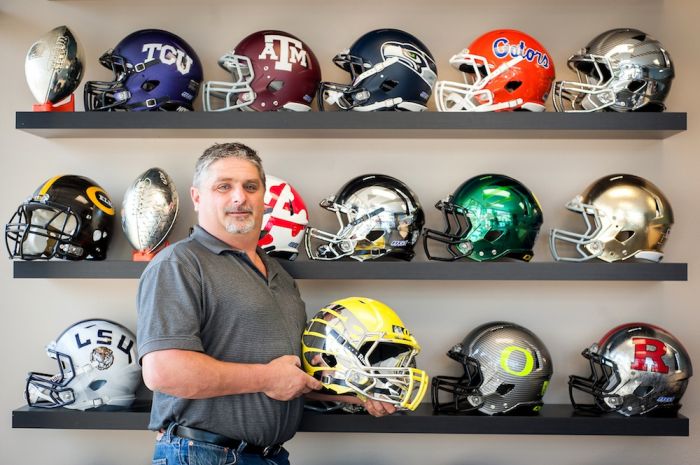
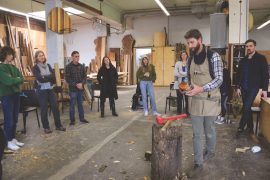
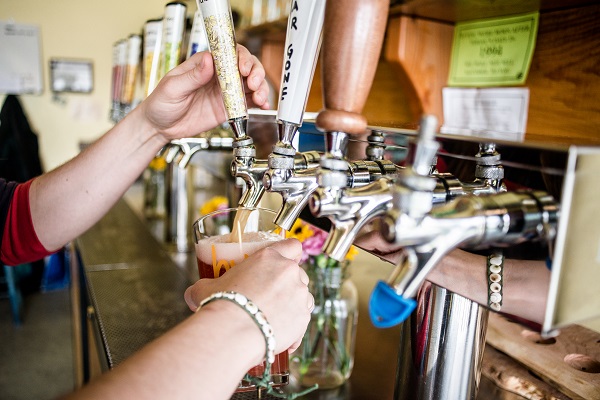
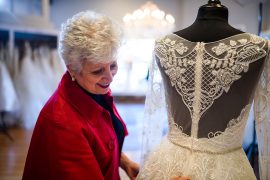
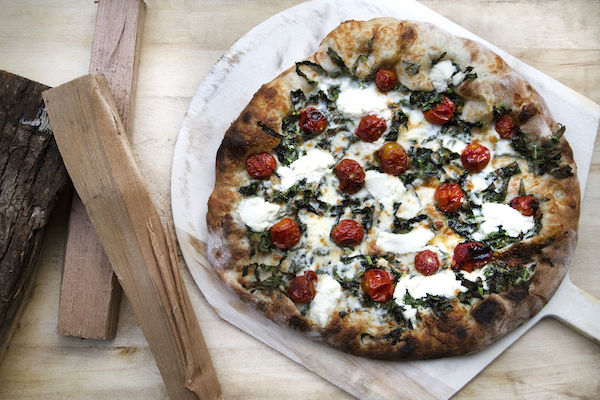



This is amazing! I just only heard hydrograph from my son and brother. I never thought it can be cool coz they did it to their helmets. Amazing huh!
Super cool helmets! I never thought that it can be hydrographed. Thanks for sharing this. It makes me wanna hydrograph my son's helmets
Love these helmets, they are way cool! My husband has a helmet too and he hydrographic it. It was beautifully done!